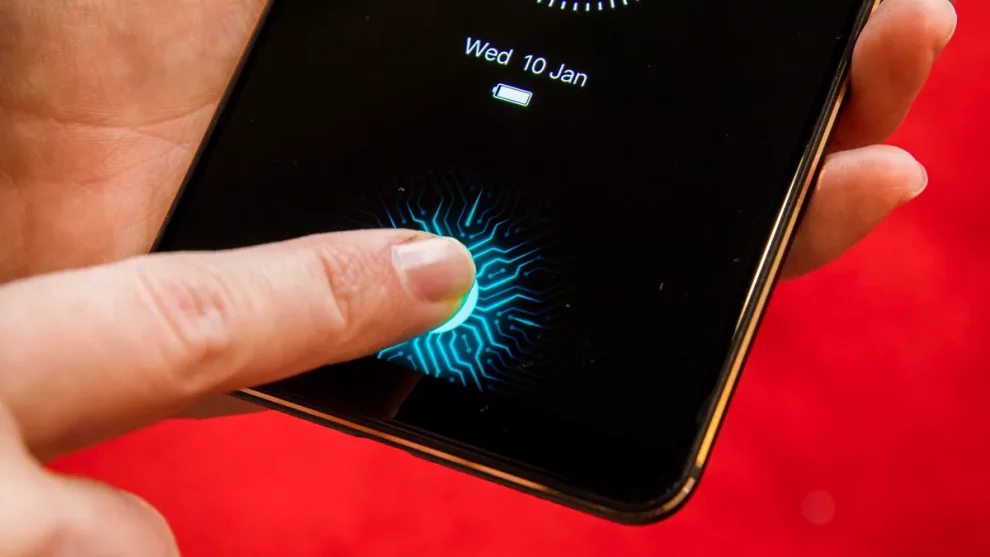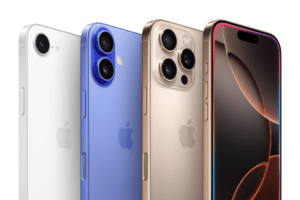Gone are the days of clunky rear scanners. In-display fingerprint sensors (FPS) are quickly becoming the norm, seamlessly woven into phone screens for a sleek and futuristic experience. But how do they perform? Are they as fast, accurate, and secure as their traditional counterparts? Let’s dive into the fascinating world of in-display FPS and dissect their strengths and weaknesses.
Speed Demons or Laggy Louies?
One of the biggest concerns surrounding in-display FPS is speed. After all, nobody wants to fumble with their phone unlocking. The good news is, top players like Qualcomm’s Ultrasonic sensors and Goodix’s Optical sensors boast impressive unlocking speeds, often comparable to traditional scanners. However, some budget alternatives and older models might exhibit slight delays.
Accuracy: Hit or Miss?
Accuracy is paramount. Nobody wants a sensor that constantly misreads your fingerprint or fails to recognize it altogether. Here, the technology and implementation play a crucial role. Ultrasonic sensors tend to be more accurate, especially in dry conditions. However, optical sensors can struggle with moisture or oily fingers. Some brands utilize advanced algorithms and multi-point scanning to improve accuracy, so research your specific phone model before diving in.
Security Concerns: Fortress or Flawed?
Security is the ultimate dealbreaker. Are in-display FPS as secure as traditional scanners? While concerns existed in the early days, advancements in technology have significantly improved security. Ultrasonic sensors, for example, map your fingerprint in 3D, making them more resistant to spoofing attempts. Optical sensors are also constantly evolving, incorporating liveness detection features to ensure it’s a real finger, not a photograph, trying to unlock your phone.

Beyond the Big Three:
It’s not just about speed, accuracy, and security. Consider these additional factors:
- Placement: Where on the screen is the sensor located? Ideally, it should be in a natural resting position for your finger, avoiding awkward stretches or accidental touches.
- Wet Finger Performance: Can the sensor handle sweaty or damp fingers? This is crucial for gym enthusiasts or those living in humid climates.
- Screen Protector Compatibility: Will your favorite screen protector work with the in-display FPS? Some brands offer dedicated protectors that ensure seamless functionality.
Top In-Display Fingerprint Sensors
Not all in-display fingerprint sensors are created equal. Here are some top options to consider:
Qualcomm 3D Sonic Sensor
- Ultrasonic technology for speed and accuracy
- Works well with wet fingers
- Used in premium Samsung Galaxy phones
Goodix Optical Sensor
- Optical technology provides affordability
- Multi-point identification for security
- Used across many budget smartphone models
FPC Biometric Sensors
- Flexible sensors ideal for curved displays
- Proprietary algorithm improves wet finger recognition
- Featured in Vivo X20 Plus UD, first in-display FPS phone
The Verdict: A Bright Future for In-Display FPS
In-display FPS technology is still evolving, but the future looks bright. Speeds are increasing, accuracy is improving, and security concerns are being addressed. While some limitations remain, particularly in budget models, the overall user experience is steadily approaching, and even surpassing, traditional scanners. So, if you’re looking for a sleek and futuristic phone with a convenient unlocking method, give in-display FPS a try. Just do your research, choose a reputable brand, and be mindful of potential limitations.
















Add Comment